As highlighted last week edition, we are fast moving to a situation where environmental controls could dictate the amount of livestock that farmers are allowed to keep in NI in the future.
It is something that has already happened in mainland Europe with Dutch dairy farmers forced to reduce numbers as a result of legislation brought in one year ago to reduce phosphate (P) output from farms.
Given that the Netherlands is only three times the size of NI, but has five times more dairy cows (and 22 times more pigs), it is clear that we are not operating anywhere near the intensity of the Dutch.
But we must also recognise that proportionately we have a lot more unproductive land, and at present, in the lowland areas of NI, the intensity of livestock production is probably as high as anywhere on these two islands.
We also cannot ignore the recent warnings from Dr John Bailey at AFBI that P levels in our rivers, which had been falling, are now going in the wrong direction again. Central to that is our dairy industry, which is currently operating with a huge surplus in P, mainly brought on to farm in concentrate feed, but also in fertiliser inputs.
Spreading excess P on to land by way of slurry or fertiliser increases the risk of run-off and exacerbates the problem.
Unless we get on top of the issue quickly, the warning from Bailey is that we could end up with an even longer closed period for slurry or a ban on slurry spreading on high P grassland (as has happened in various European regions).
He also points out that one of the best ways of reducing the P load is to produce more of our milk from grass and forage, and be less reliant on concentrate.
That is something the dairy industry must take on board now, not just farmers, but also feed merchants, milk processors, AI companies and farm advisers. This problem isn’t going away, and the consequences of a collective burying of heads in the sand will be detrimental to all farmers in NI.




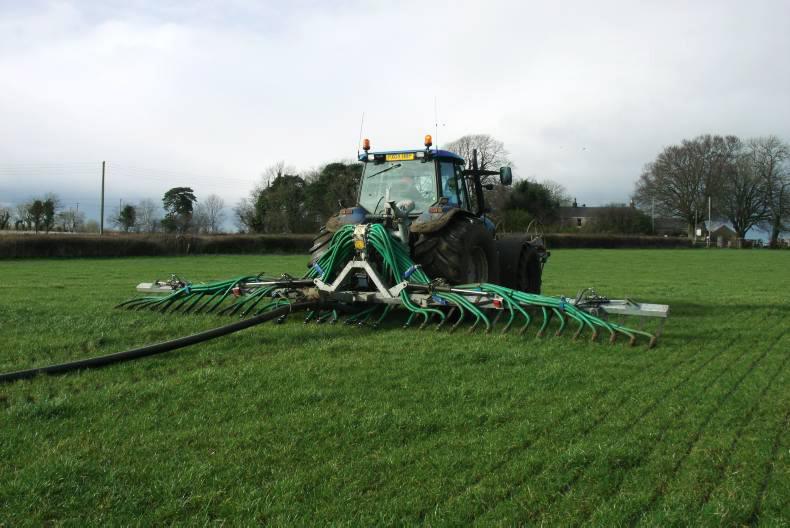
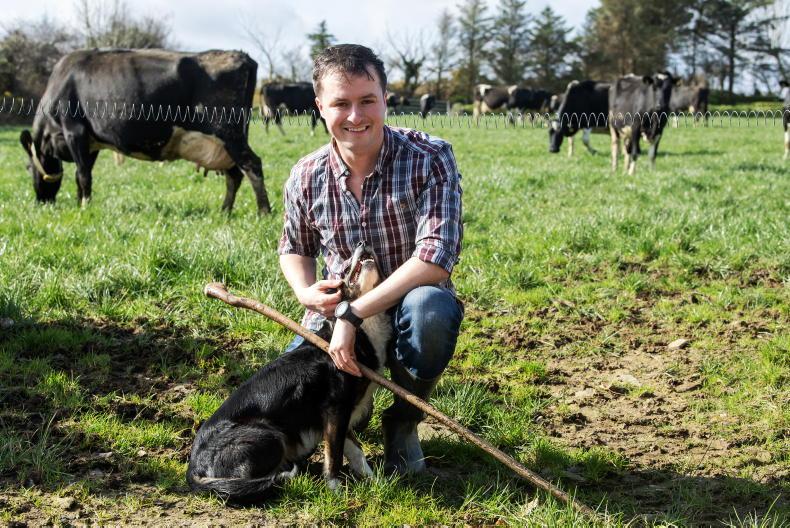
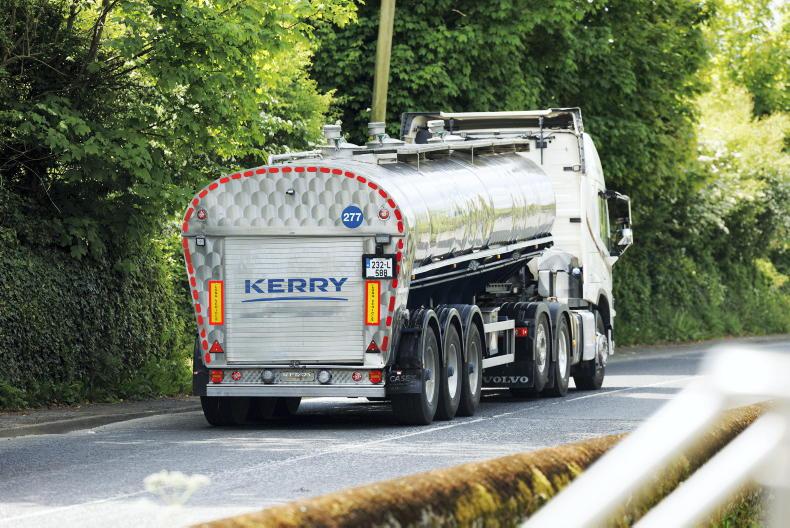
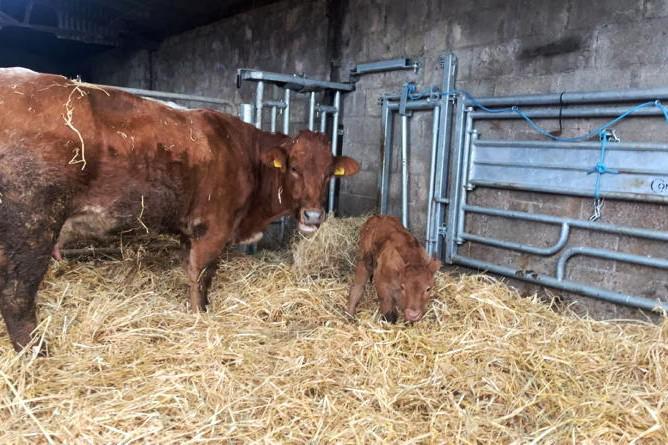
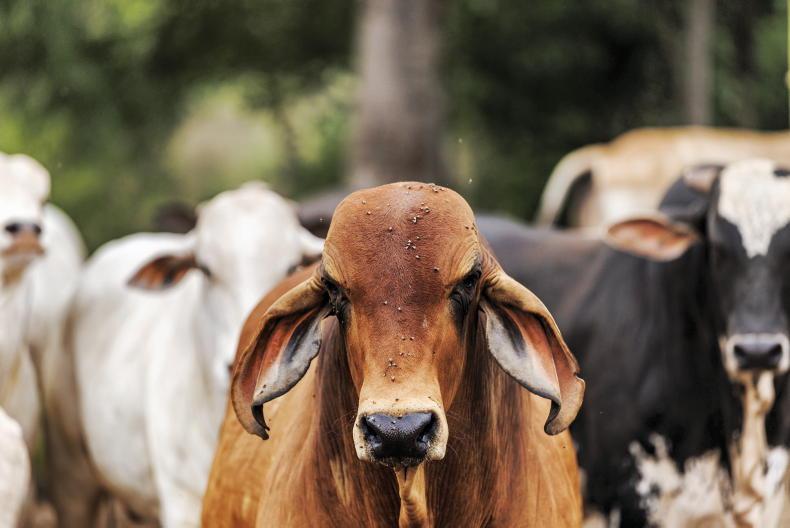
SHARING OPTIONS